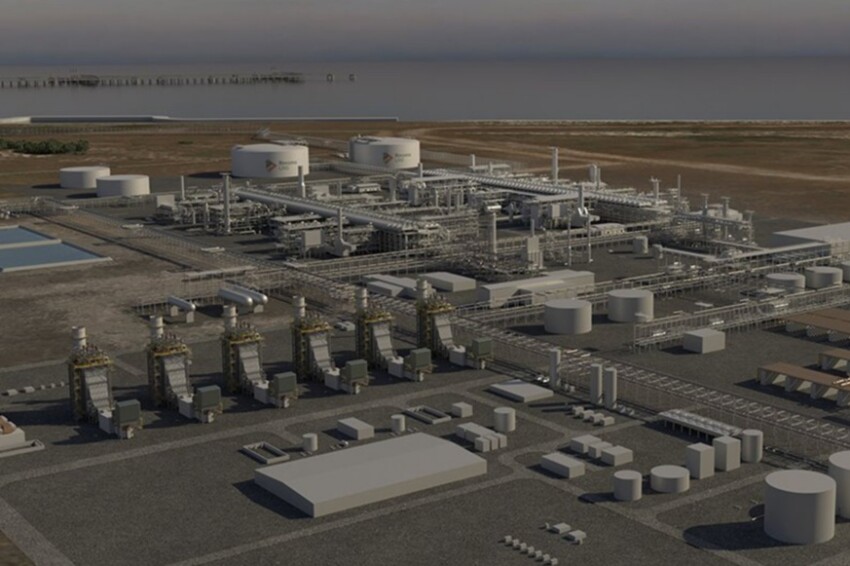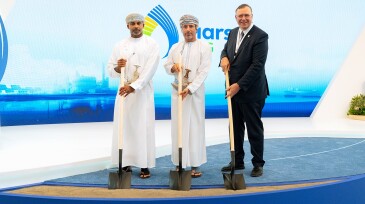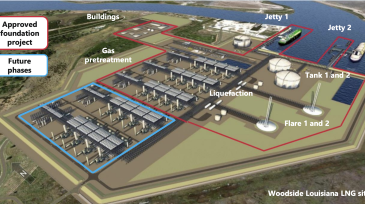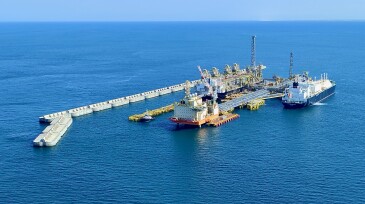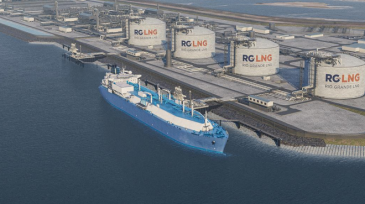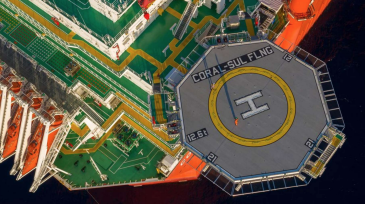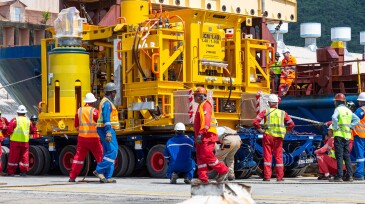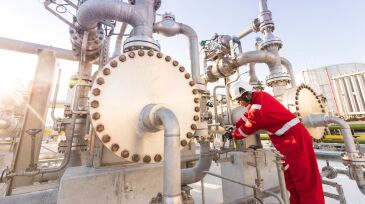LNG
By resuming work on the Rovuma LNG project, ExxonMobil tees up a final investment decision expected in 2026 as East Africa’s LNG hub begins to take shape with three separate projects now in construction.
DTEK has delivered its first US-sourced LNG shipment through Lithuania to supply Ukraine and neighboring countries this winter.
In lifting force majeure, TotalEnergies says it will restart construction on its Mozambique LNG project as soon as the government agrees to a revised budget and schedule that targets shipping first product in 2029.
-
Situated at the entrance to the Persian Gulf, Marsa LNG will anchor the Middle East’s first bunkering hub when it drops its first product in 2028.
-
FLNG vessels will handle gas from the Vaca Muerta formation when they go online in 2027 and 2028 offshore Argentina.
-
Updates about global exploration and production activities and developments.
-
First LNG at Tellurian’ asset known as Driftwood LNG before Woodside’s acquisition last year is expected in 2029.
-
The offshore Mauritania and Senegal project’s initial phase will deliver around 2.4 mtpa of LNG once fully commissioned.
-
The French major will supply the Caribbean country with LNG supplies while agreeing to take supplies from future Texas project.
-
Stonepeak will pay $5.7 billion for 40% interest in the project due for FID later this year.
-
The strategic buyout of Portugal’s Galp is ADNOC’s first investment in Mozambique as it continues to grow its lower-carbon LNG portfolio.
-
Ginger is among the 10 upstream projects that BP plans to bring on-stream by 2027 after resetting its strategy to raise oil and gas investments to $10 billion per year.
-
US LNG exports to Asia rose from 3.1 Bcf/D in 2023 to 4 Bcf/D last year.

